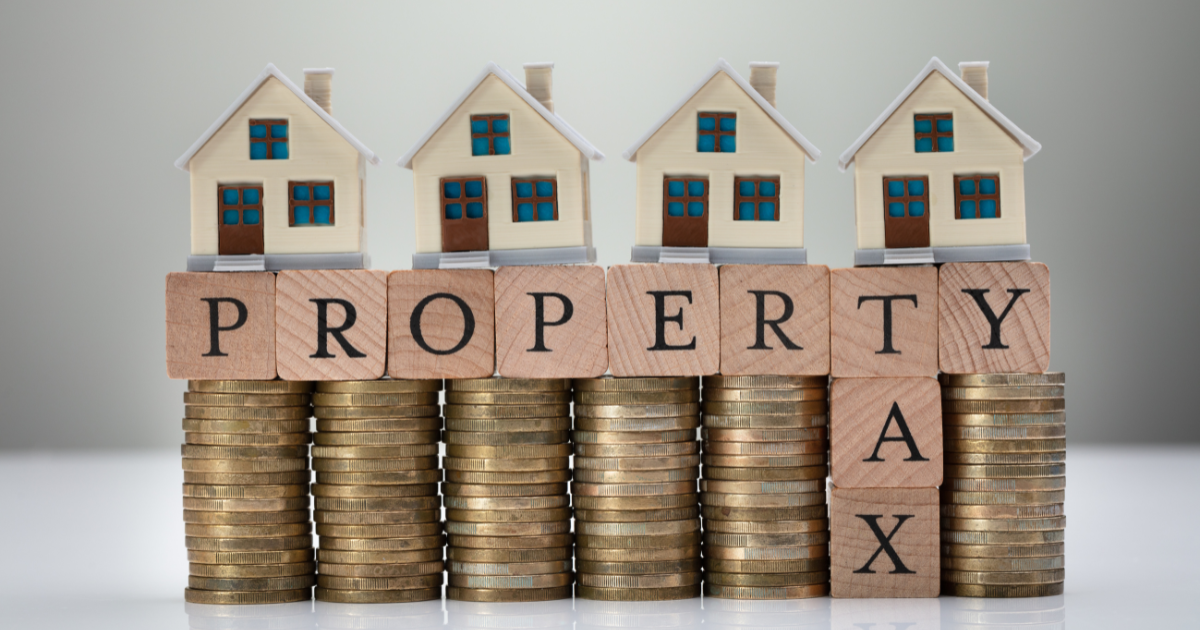Commonwealth Court Strikes A Tax Sale In Philadelphia
In yet another blow to the city of Philadelphia’s attempt to collect upon its substantial real estate tax delinquencies, the Commonwealth Court in ...
4 min read
Alan Nochumson : Dec 20, 2021 9:00:00 AM

Under Philadelphia’s residential tax abatement program, residential property owners may qualify for a 10-year tax abatement on the value of improvements related to new construction and rehabilitated properties.
Last year, Mayor Jim Kenney signed the following bills that will affect real estate development projects citywide—Bill 200366 that extends the current residential real estate tax abatement program and Bill 200653, which reduces the tax benefit associated with the commercial and industrial real estate tax abatement programs.
Abatement applications filed Jan. 1, 2022, will be subject to the new bills passed. Considering the Dec. 31 deadline, in this article we will revisit what the program entails and the changes that will impact both homeowners and developers.
For purposes of this article, we will assume there is a property existing in Philadelphia with an address of 123 Main Street and that the property’s fair market value for the land is $100,000 and for the building structure is $400,000, meaning that the property’s combined fair market value for real estate tax purposes is $500,000.
Under the current version of the law, based upon our example, if the building structure on 123 Main Street is newly constructed on what was formerly vacant land, the property owner would pay $1,400 for the assessed value of $100,000 for the vacant land, but would not currently be liable to pay the $5,600 in real estate taxes that would otherwise be due based upon the assessed value of $400,000 for the building structure. Assuming the fair market value (and, thus, assessed value) for the land and building structure remains the same for the 10 years of the tax abatement, under the current tax rate, the property owner would save $56,000 in real estate taxes due to the current version of this portion of the real estate tax abatement program.
Prior to applying to OPA for the tax abatement, a building permit must be obtained from the Department of Licenses and Inspections (L&I). The most commonly sought permits and approvals necessary to get a building permit are obtained from the Water Department (PWD), the Streets Department (Streets), and the Philadelphia City Planning Commission (PCPC). The OPA is currently accepting abatement applications by email and expects to do so through at least Dec. 31.
Applications should submit as follows: email to abatements@phila.gov with the subject line “New Tax Abatement Application.” An applicant must include the abatement application as well as all requisite permits. The filing date is recorded as the date the application email is submitted. The OPA staff sends a confirmation email.
In the event that an applicant requires a dated stamped copy, dropping the application off in person is still the best way to do so. In light of possible continued pandemic restrictions, the applicant should confirm that the office is open prior to drop-off of applications.
Philadelphia’s residential real estate tax abatement program provides residential property owners with the opportunity to qualify for a 10-year real estate tax abatement on the value of improvements related to newly constructed and rehabilitated properties. Previously, residential property owners could obtain a 100% real estate tax abatement on the improvements they made to their property over the course of 10 years.
As a result of the extensive backlog of real estate tax abatement applications and to encourage further real estate development in the city, the new law extends the current real estate tax abatement program for residential new construction by an additional year, to Dec. 31, and residential property owners can still receive the full 100% abatement for 10 years on residential new construction by submitting the real estate tax abatement application by Dec. 31.
For real estate tax applications submitted on and after Jan. 1, 2022, during this 10-year period of time, the assessable amount of the applicable building structure for residential properties shall be exempt from real estate taxation, as follows: 100% of the assessable amount of the building structure in the first year; 90% of the assessable amount of the building structure in the second year; 80% of the assessable amount of the building structure in the third year; 70% of the assessable amount of the building structure in the fourth year; 60% of the assessable amount of the building structure in the fifth year; 50% of the assessable amount of the building structure in the sixth year; 40% of the assessable amount of the building structure in the seventh year; 30% of the assessable amount of the building structure in the eighth year; 20% of the assessable amount of the building structure in the ninth year; and 10% of the assessable amount of the building structure in the 10th and final year.
In other words, under the new version of this portion of the real estate tax abatement program, the property owner will not save $56,000 in real estate taxes, as they would under the current version of the law, but rather $30,800. This reduction in real estate tax savings will be 55% as compared to the current version of this portion of the real estate tax abatement program.
The tax abatement schedule for residential rehabilitation projects will remain unchanged.
Under the new law, construction projects for new commercial and industrial properties that apply for a real estate tax abatement after Dec. 31 will receive only a 90% real estate tax abatement on property improvements over the course of 10 years, as opposed to the current 100% real estate tax abatement.
The estimated $83 million in revenue generated from the reduction of the commercial and industrial tax abatement program will be used to fund the Neighborhood Preservation Initiative, which is a $400 million bond program that will, among other things, subsidize new affordable housing projects and support first-time homebuyers and neighborhood business corridor revitalization. In total, the city estimates that the Neighborhood Preservation Initiative is expected to create $2.5 billion in economic activity, produce $71 million in new tax revenues over the first four years, and support 14,700 jobs. The city’s focus on affordable housing provides a significant opportunity for developers of such projects, given the number of subsidies that would lower the overall costs of affordable housing projects.
— Clementa Amazan, an associate at Nochumson P.C., is the co-author of this article.
Reprinted with permission from The Legal Intelligencer © 2021 ALM Media Properties, LLC. All rights reserved. Further duplication without permission is prohibited. For information, contact 877-257-3382, reprints@alm.com or visit www.almreprints.com.

In yet another blow to the city of Philadelphia’s attempt to collect upon its substantial real estate tax delinquencies, the Commonwealth Court in ...

By the end of this year, Philadelphia City Council, with the approval of Mayor Jim Kenney, will likely pass into law dramatic changes as to how some...

In late December, the Lead Paint Disclosure and Certification Law came into effect for residential landlords owning rental properties located in the...